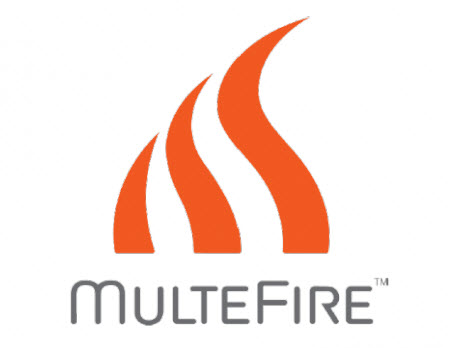MulteFire Could Spark More Wireless Action for MSOs

The completion of the first round of specs for an emerging wireless technology platform could have deep implications for future cable strategies.
The new MulteFire Alliance 1.0 specs open the door to technology that defines how LTE can operate in unlicensed and shared spectrum, and play nice with WiFi.
That, in turn, could present some potentially lucrative opportunities for MSOs interested in using LTE technology in unlicensed spectrum to operate private or “neutral host” MulteFire networks in ways similar to how they use WiFi today. Of those models, the neutral host option would use a common platform to serve customers from multiple operators and allow the use of high-capacity, high-density small cell architectures.
Importantly, MulteFire addresses a major concern that cable raised when LTE-Unlicensed (LTE-U) first emerged. It was feared that LTE-U could interfere with WiFi traffic while allowing only companies that held licensed spectrum to take advantage of the technology.
MulteFire aims to solve those issues. “For us, it means that any operator, whether they have spectrum or not, can operate and use LTE technology in unlicensed spectrum,” said Ralph Brown, senior vice president and chief technology officer of R&D at CableLabs, noting that the organization and some of its members have been participating in the MulteFire Alliance from the start.
The cable industry has also been proposing the kind of coexistence capabilities supported by Licensed Assisted Access LTE technology. LAA LTE employs a “listen before talk” approach that’s similar to one used with WiFi.
That LAA LTE proposal with the 3rd Generation Partnership Project (3GPP) is pending, but the cable industry hopes having that coexistence functionality supported in MulteFire “will allow that path to become a bit easier for 3GPP,” CableLabs vice president of technology policy Rob Alderfer said.
Multichannel Newsletter
The smarter way to stay on top of the multichannel video marketplace. Sign up below.
“Since MulteFire is based on LAA, we are similarly more optimistic about MulteFire,” Alderfer added, but he stressed that there’s work to be done to validate that optimism.
MulteFire technology could open up some new wireless service opportunities for cable operators. An MSO, for instance, could use it to run a private mobile network on a business or enterprise campus in unlicensed spectrum, CableLabs vice president of wireless technologies Belal Hamzeh said.
What does this mean to the future of WiFi? “WiFi will be around for some time,” Alderfer said. “This [MulteFire] is about providing new technology options for a number of use cases.”
